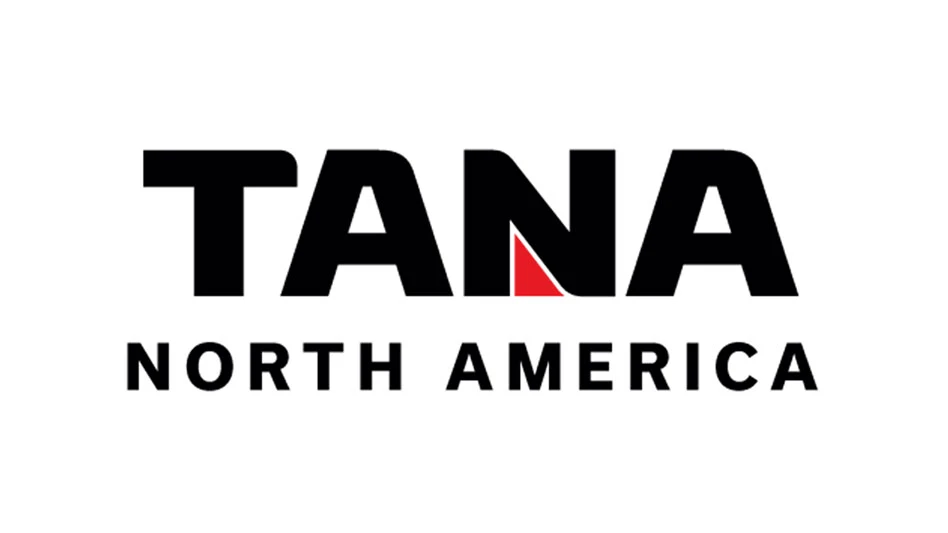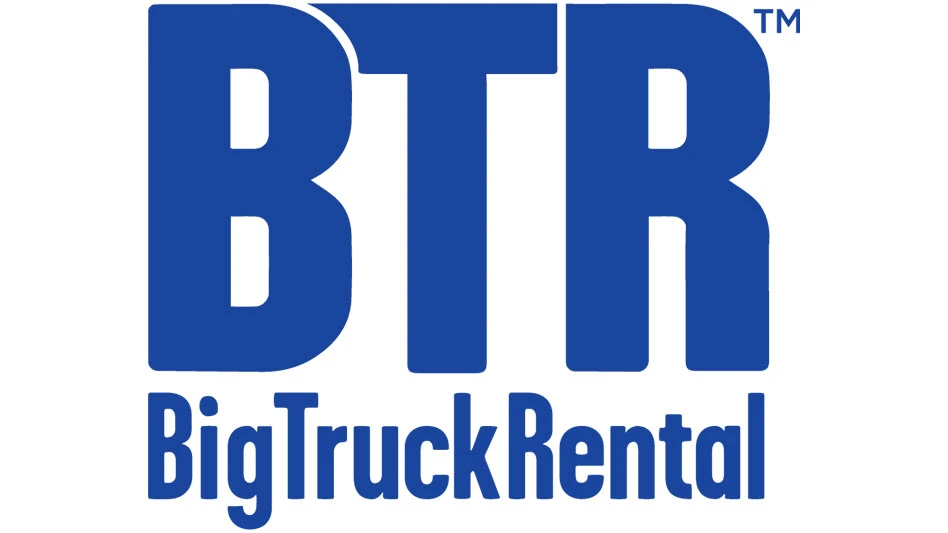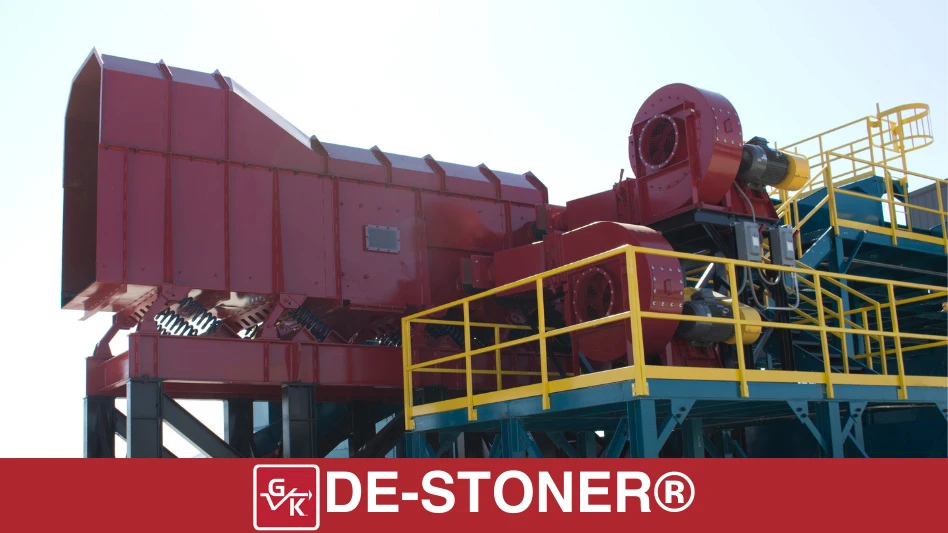Kentucky convention center project officials seek LEED certification
Kentucky International Convention Center officials are seeking The U.S. Green Building Council’s Leadership in Energy and Environmental Design (LEED) silver certification after the renovation and expansion of the Louisville, Kentucky-based facility. One of the components to achieve certification is recycling the construction and demolition (C&D) debris created at the site.

Hunt Construction Group, Indianapolis, is the contractor for the $207 million, 22-month project. The western half of the convention center, which is being demolished, opened in 1977 while the eastern half being renovated was added in 2000. Construction began in August.
The renovations and expansion will have new features to promote water and energy efficiency and plans for the recycling aspect include diverting at least 77 percent of the C&D debris from landfill, which will total to 18,851 tons of concrete, metal, bricks and blocks.
Local companies, including Innovative Crushing and Aggregate Inc., Louisville, Kentucky, River Metals, Fort Mitchell, Kentucky, and EcoTech, Louisville, Kentucky, are involved in the recycling aspect of the project. Around 8,800 tons of concrete will be used as a foundation for new roads and buildings, 65 percent of the 3,000 tons of bricks and blocks will either be recycled or reused as parts of the renovation and 2,700 tons of steel and metal will be melted and turned into new construction materials.
IRS Demo earns regional Green Building Council award

South Gate, California-based Interior Removal Specialist Inc. (IRS Demo) has been named the winner of a 2016 Sustainable Innovation Award from the United States Green Building Council-Los Angeles Chapter (USGBC-LA). The company received top honors in the Materials & Resources category. The award honors projects with achievements in every Leadership in Energy and Environmental Design (LEED) category.
IRS Demo was honored for the construction of its new headquarters structure in South Gate, in which “every piece of furniture was repurposed from IRS Demo demolition projects, with the exception of three exterior doors,” according to Julie Du Brow of Dubroworks Public Relations. The company achieved a 99 percent building reuse rate on the project.
USGBC names new president, CEO

The U.S. Green Building Council’s (USGBC) board of directors has named Mahesh Ramanujam president and CEO effective Nov. 4, 2016. He also serves as president and CEO of Green Business Certification Inc., (GBCI) USGBC’s sister organization.
Ramanujam, formerly chief operating officer (COO) of the council, takes the reins from Rick Fedrizzi, USGBC’s founding chair, who had previously announced plans to leave the organization toward the end of 2016.
Ramanujam joined USGBC in 2009 as senior vice president of technology and was named COO in September 2011. In December 2012, he was named president of GBCI. In 2015, when Fedrizzi announced his plans to leave USGBC, USGBC’s board named Ramanujam incoming CEO.
“Since joining the USGBC team, I have felt enormously appreciative to be in a position that allows me to give back and serve the critical mission of our organization,” Ramanujam says.
NWRA President Sharon Kneiss resigns
Sharon H. Kneiss, the president and CEO of the National Waste and Recycling Association (NWRA), Washington, for the past four and a half years, has resigned effective Nov. 7, 2016.
In a letter to the NWRA board of trustees, Kneiss writes, “After careful consideration, I have come to the conclusion that I have taken the association as far as I can to make it the most effective and respected voice of the industry. The timing is right for a new CEO to take this special organization to the next level.”
The NWRA board of trustees will soon begin an executive search for Kneiss’ successor. In the interim, current Vice President and General Counsel Kevin Kraushaar will assume the role, the association reports.
In other personnel news, Jessica Mayorga, NWRA senior director of communications and marketing, has confirmed that Chris Doherty, vice president and chief marketing officer, also has left the organization. He joined the NWRA staff in April 2015, having most recently led communications and investor relations at Pendrell Corp., Kirkland, Washington.
CalRecycle uses tires for road repair
Roadways damaged by wildfire suppression and recovery efforts in two California counties are being repaired with paving material made from recycled tires.

In both Lake County and Calaveras County, roads were damaged by heavy trucks and other equipment as the fires were fought and during the cleanup process afterward. Potholes were filled as part of the debris cleanup process. However, in some areas, roads remained in poor condition. CalRecycle offered to provide further roadway repair through its Rubberized Asphalt Concrete (RAC) grant program.
RAC is made by mixing ground-up used tires with asphalt and other materials. It is then applied, generally as a two-inch “overlay,” to existing roadways. It has proven to be a durable, safe and quiet surface and has been used successfully on roads throughout California.
In Lake County, 170,063 acres burned in the Valley, Jerusalem and Rocky Fires last year. This month, nearly 1.8 miles of Gifford Springs Road will be prepared—which includes cleaning, grading, asphalt removal, road base placement and compaction—and then a RAC overlay will be placed.
The project is expected to take about two weeks to complete.
Roadways suffered similar damage in the 70,868-acre Butte Fire in Calaveras County. In August 2016, a smaller RAC repair project was completed that involved about 0.6 miles of private roads.
Each project cost $500,000 and was paid for from CalRecycle’s Tire Recycling Management Fund. Since the Calaveras County project involved private roads, rather than county roads, the $500,000 included both road preparation and the RAC overlay, all of which were conducted by CalRecycle’s contractor.
A two-inch RAC overlay uses about 2,000 scrap tires per lane mile. To date, California has used more than 10 million waste tires in RAC paving projects.

Explore the January 2017 Issue
Check out more from this issue and find your next story to read.
Latest from Construction & Demolition Recycling
- Fleetio integrates Maintenance Shop Network add-in
- C&D World session preview: Key strategies for effective fleet maintenance
- Rotochopper hosts equipment owners at annual training program
- EAF mill underway in California
- On the move
- Viably teams with Turmec on materials processing systems
- Tight supply poised to keep recycled steel prices buoyant
- Untha shredder prepares SRF in the UK





